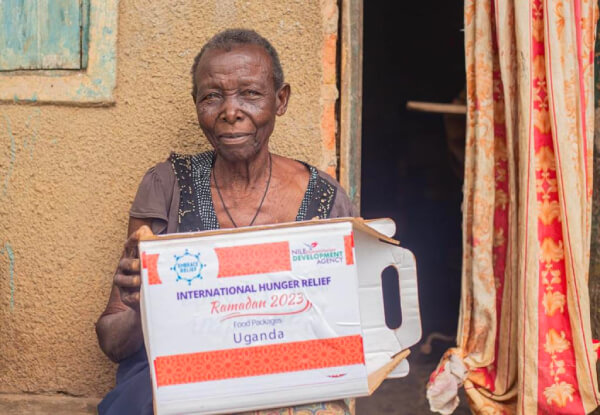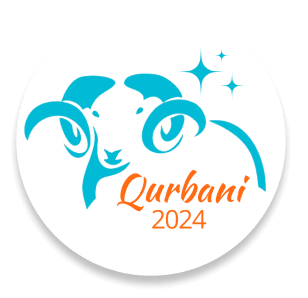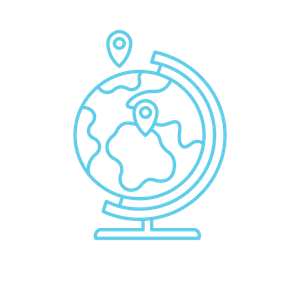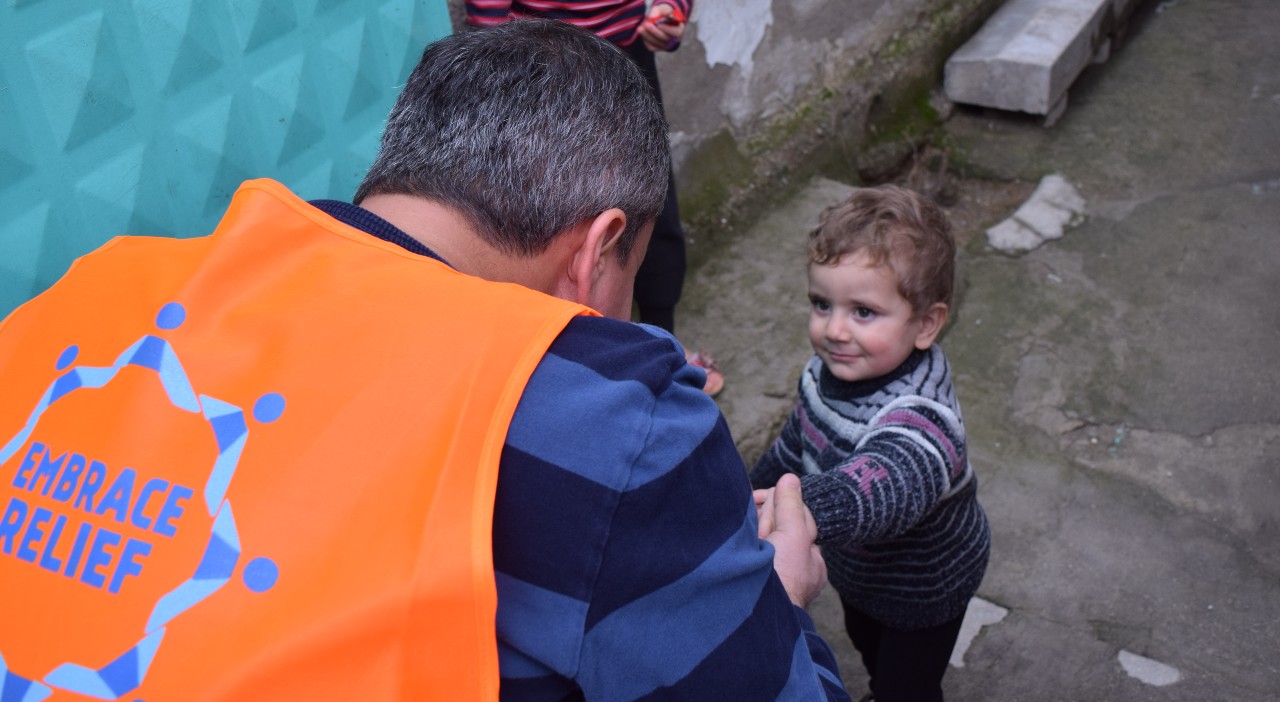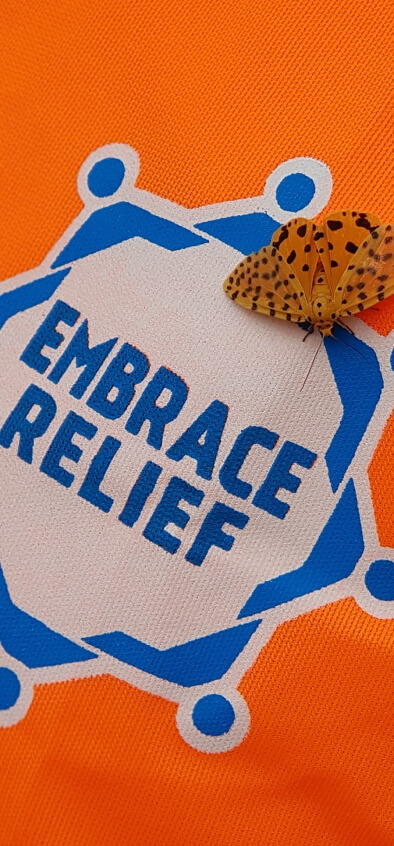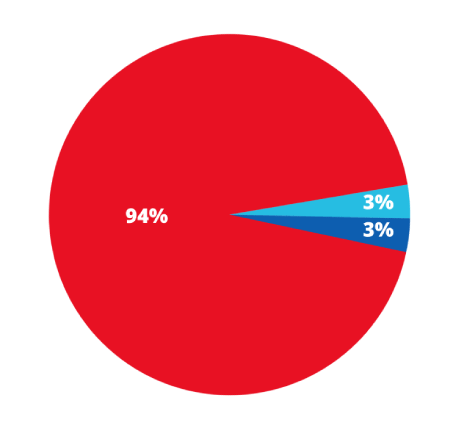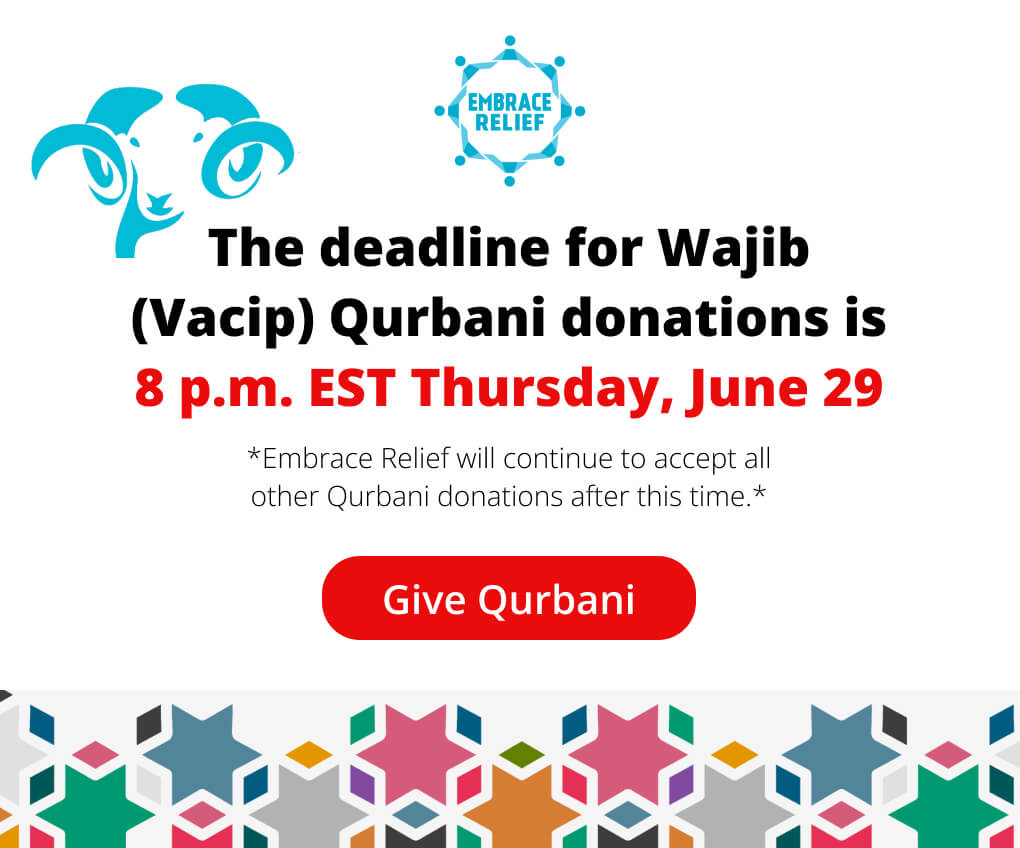Summary
- Do you know why Muslims around the world celebrate Eid al-Fitr?
- It’s one of the biggest days of the year for more than a billion people around the world, a day of breaking the Ramadan fast, feasting, and celebrating with friends and family.
- But the end of Ramadan is also the perfect time to consider the lives of the most vulnerable people among us.
- That’s why Embrace Relief’s International Hunger Relief: Ramadan campaign is working to provide food packages and hot meals to tens of thousands of people around the world.

Eid Mubarak! The end of Ramadan 2024 will marked by Eid al-Fitr, which is expected to take place in the United States from sunset on Tuesday, April 9, until sunset on Wednesday, April 10.
Concluding the month-long observance of the holy month of Ramadan, Eid al-Fitr is one of the biggest holidays on the Islamic calendar. It’s a day known for its communal prayers, gatherings, feasts, gifts, and charity.
In English, Eid al-Fitr translates to “Feast of the Breaking of the Fast,” referencing the obligatory fasting period of Ramadan in which Muslims refrain from eating or drinking between the hours of sunrise and sunset. The exact date of Eid each year will vary, because it occurs not on a specific Gregorian calendar date, but rather at the first sighting of the crescent moon that begins Shawwal, the 10th month on the Islamic calendar.
Here are five things you need to know about this important annual festival:
Eid al-Fitr is a day of giving. At the conclusion of the Ramadan fast at sunset prior to the day of Eid, Muslims are obliged to give a charitable donation, zakat al-fitr, to support the needy. This is typically not a great amount of money – roughly $7 per person – but because all Muslims who can afford to are asked to donate, it adds up. Zakat is seen by many as a way to mirror God’s love and kindness, to offer thanks to God for guiding them through the difficult fasting period, and to strengthen community ties.
Eid is a day of communal prayer. Traditionally, morning prayers on Eid are held in an open space, often outdoors, allowing for communities to come together and offer their devotion to God. The Eid prayers consist of two rakat (sections), both preceded by a specific number of takbir (the repetition of the phrase Allahu akbar, “God is great”). These are followed by a sermon asking for forgiveness, peace, and blessings.
Eid is a day of banquets and feasts. The end of the Ramadan fast is cause for large meal gatherings on Eid, typically beginning once the morning prayer ends. With no more restrictions on what you can eat or drink – fasting is prohibited for the three days after the beginning of Eid – many households will prepare copious amounts of food depending on their local customs and cuisine. In many locations, there is an emphasis on sweet breakfast, lunch and dessert foods, giving the holiday the nickname “Sweet Eid.”
Eid is a day for family and friends to come together. Eid is celebrated as one of the most joyous days on the calendar. In many parts of the world, families will decorate their homes and open them to their families and neighbors. In addition to the food they share, friends and families will also give each other gifts, show off new clothes and shoes, and exchange blessings.
Eid al-Fitr is the “smaller” Eid holiday. Eid al-Fitr is only one of the two major Eid holidays in the Muslim world. The other, Eid al-Adha (Feast of the Sacrifice), is considered an even more important date in Islam than Eid al-Fitr. It commemorates the story of the prophet Ibrahim (known as Abraham in the Christian and Jewish traditions) and his willingness to sacrifice his son Isaac to earn God’s favor. This year in the United States, Eid al-Adha is expected to begin with sunset on Sunday, July 16, 2024.
Eid al-Fitr is of course a joyous time marked by food, fun and family. But it’s also a time to come together and share blessings with your fellow man. It’s a time for charity, empathy, and a real sense of supporting your community.
The end of the Ramadan fast is the perfect time to consider the impact you can make on people who are forced to go hungry each day. At Embrace Relief, we’ve made it a core part of our mission to deliver food to people in more than 50 countries worldwide, thanks to the support of people like you. If you have the ability, there’s never a bad time to provide a charitable donation that will make a real impact in people’s lives. But this month of reflection, empathy and charity is an especially good time to do so!
Help feed people in need with Embrace Relief
That’s where the Embrace Relief Foundation comes in. Providing food to people in need around the world is a foundational part of our work. We support and operate food distributions throughout the year in dozens of countries, delivering much-needed nutritious food to people in need around the globe.
Our annual International Hunger Relief campaigns make the greatest impact: during our two International Hunger Relief 2023 campaigns alone, Embrace Relief delivered food packages and meat packages to more than 150,000 people in over 20 countries, from sub-Saharan Africa and Yemen, to Afghanistan and Indonesia, from Greece to the United States.
Easing hunger is a team effort, and we can’t do any of this without you. Donate to Embrace Relief’s Hunger Relief efforts in the box below and you can be part of the solution for the many millions of people living with hunger around the world. Your donation will support food distributions in one of the many countries we serve – and every dollar you donate makes a difference.
So please, donate today. Every contribution you make helps one more family go to bed on a full stomach, and brings us one small step closer to ending world hunger.
